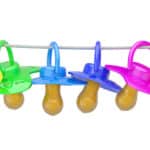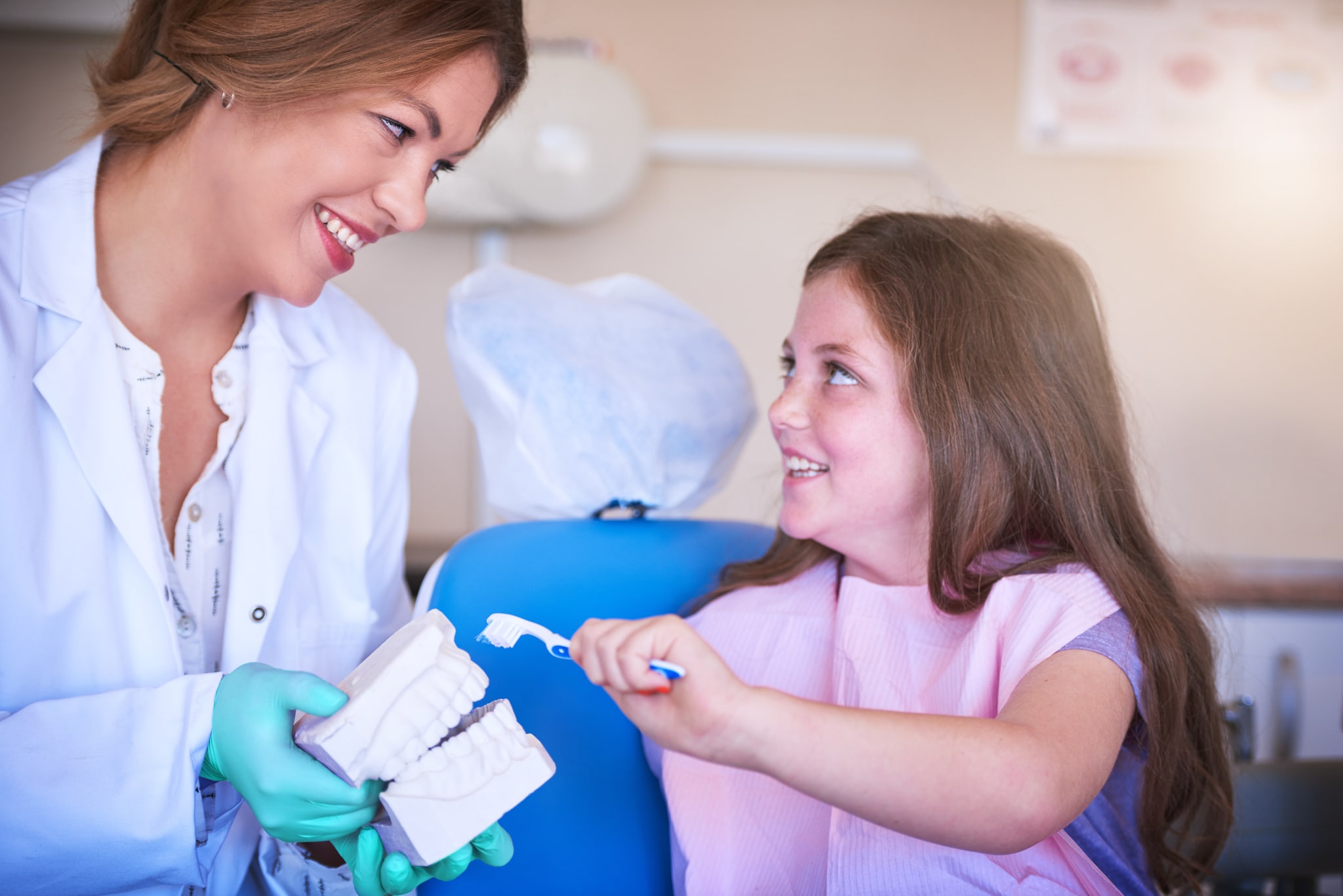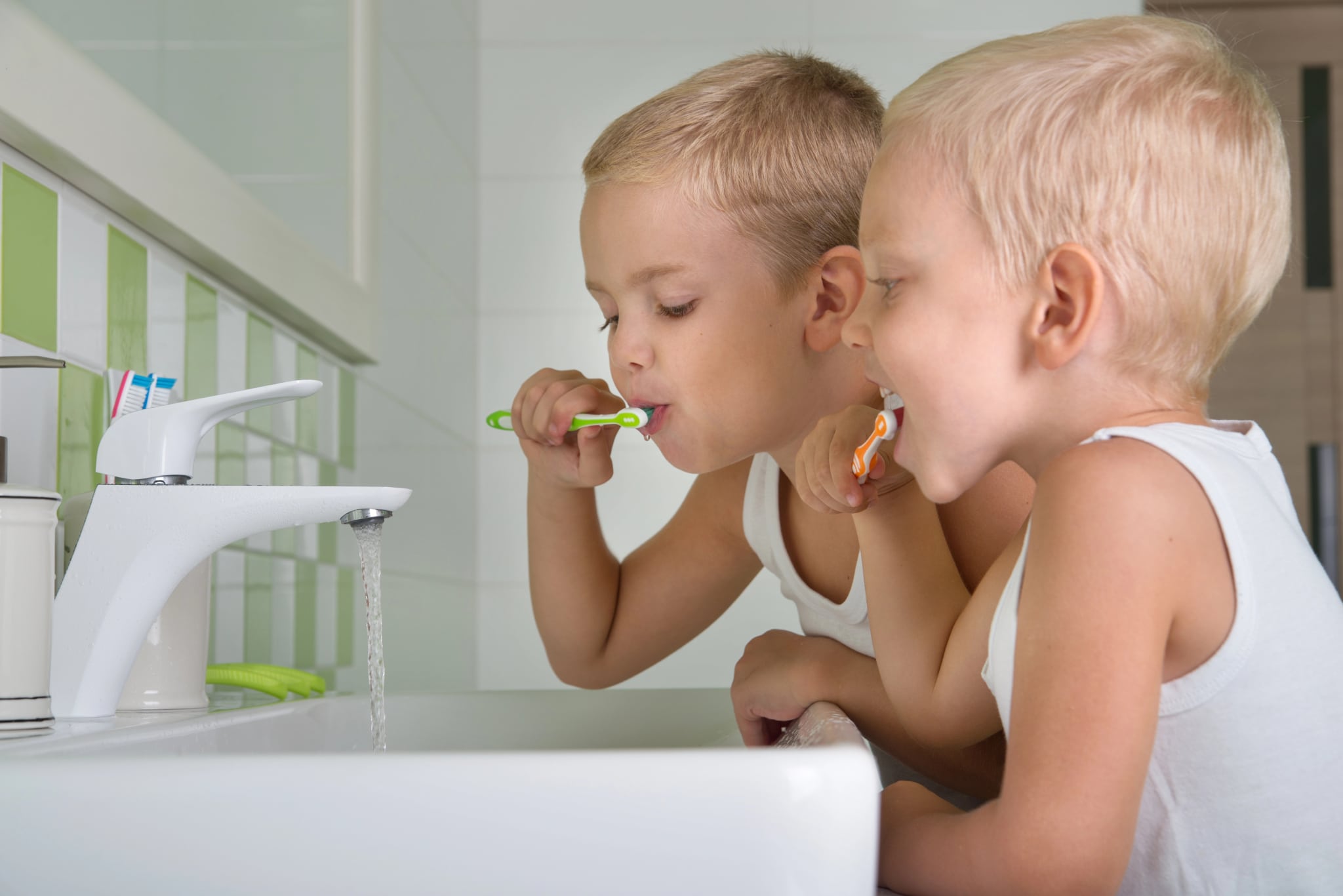For many parents, the first children's dental checkup can be nerve-wracking—not just for their child, but for themselves too. Fear of the dentist often starts early, but modern approaches to kids' dental cleaning are changing that. With innovative techniques like play therapy, teddy bear cleanings, and reward-based encouragement, children's dentists are turning anxiety into smiles. …
For many parents, the first children’s dental checkup can be nerve-wracking—not just for their child, but for themselves too. Fear of the dentist often starts early, but modern approaches to kids’ dental cleaning are changing that. With innovative techniques like play therapy, teddy bear cleanings, and reward-based encouragement, children’s dentists are turning anxiety into smiles.
Creating a Comfortable Environment
The foundation of good kids’ oral care is comfort. Pediatric dental offices today are designed to look more like play zones than medical clinics. From colorful murals to waiting rooms stocked with toys and books, the goal is to make children feel at home. These environments lay the groundwork for a stress-free kids’ dental cleaning experience.
More importantly, children’s dentists and hygienists are specially trained to speak in kid-friendly language. Tools are given funny nicknames, and procedures are explained in story form. A polisher might be called the “tickle toothbrush,” and suction becomes the “tiny vacuum.”
Play Therapy: Pretend First, Clean Second
Play therapy is a powerful method for easing kids into the dental routine. Some offices offer role-playing where children pretend to be the dentist. They might “clean” a doll’s teeth or help demonstrate brushing techniques on a stuffed animal. This playful interaction not only teaches kids about oral hygiene but also helps them feel in control.
Teddy bear cleanings take this concept further. Before a child has their own cleaning, the dentist may perform a pretend cleaning on the child’s favorite stuffed animal. This lowers their guard and makes the upcoming real cleaning seem less intimidating.
Step-by-Step Introductions
Rather than jumping straight into the procedure, many children’s dentists introduce tools one by one. Kids get to touch and hold the mirror, hear the sound of the polisher, and feel the air and water spray. By breaking the process into small, manageable steps, dentists help build familiarity and trust.
This gentle pacing is key for kids’ oral health visits, especially for first-timers. It gives children the chance to ask questions and get used to the idea that a dental checkup isn’t scary—it’s just another form of self-care.
Rewards and Positive Reinforcement
Nothing motivates like a reward. Many pediatric dental offices use sticker charts, small prizes, or even certificates of bravery to reward kids after their appointment. These aren’t just fun add-ons; they play an essential role in creating positive associations with kids’ dental cleaning.
Some clinics even offer progress tracking: kids can see how many checkups they’ve completed or improvements in their brushing habits. This boosts confidence and reinforces the importance of kids’ oral hygiene.
Parental Involvement
A big part of making dental visits enjoyable is parent participation. When parents treat the visit as a fun outing instead of a chore, kids mirror that attitude. Reading books about visiting the dentist or watching friendly videos beforehand can also prepare them emotionally.
It’s also helpful for parents to be mindful of how they talk about their own dental experiences. Avoid saying things like “It won’t hurt,” which can unintentionally plant fear. Instead, use positive language and focus on how clean and shiny their teeth will be.
Building Lifelong Habits
The goal of all these strategies isn’t just to get through one child’s dental checkup. It’s to build lifelong comfort and commitment to kids’ oral care. A child who enjoys their dental visit is far more likely to maintain good habits at home and show up willingly for future appointments.
Children’s dentists know that the early years are crucial. That’s why the emphasis is on fun, familiarity, and lots of encouragement. With the right techniques, kids’ dental cleaning doesn’t have to be something to fear—it can be something to look forward to.
Turning fear into fun isn’t magic—it’s a smart strategy. With tools like play therapy, teddy bear cleanings, and reward systems, children’s dentists are rewriting the script on kids’ oral health. A successful, happy first visit lays the groundwork for maintaining healthy smiles.
The next time your child is due for a children’s dental checkup, look for a dental practice that uses these innovative techniques. It could make all the difference in your child’s attitude toward oral hygiene—and their overall well-being.






